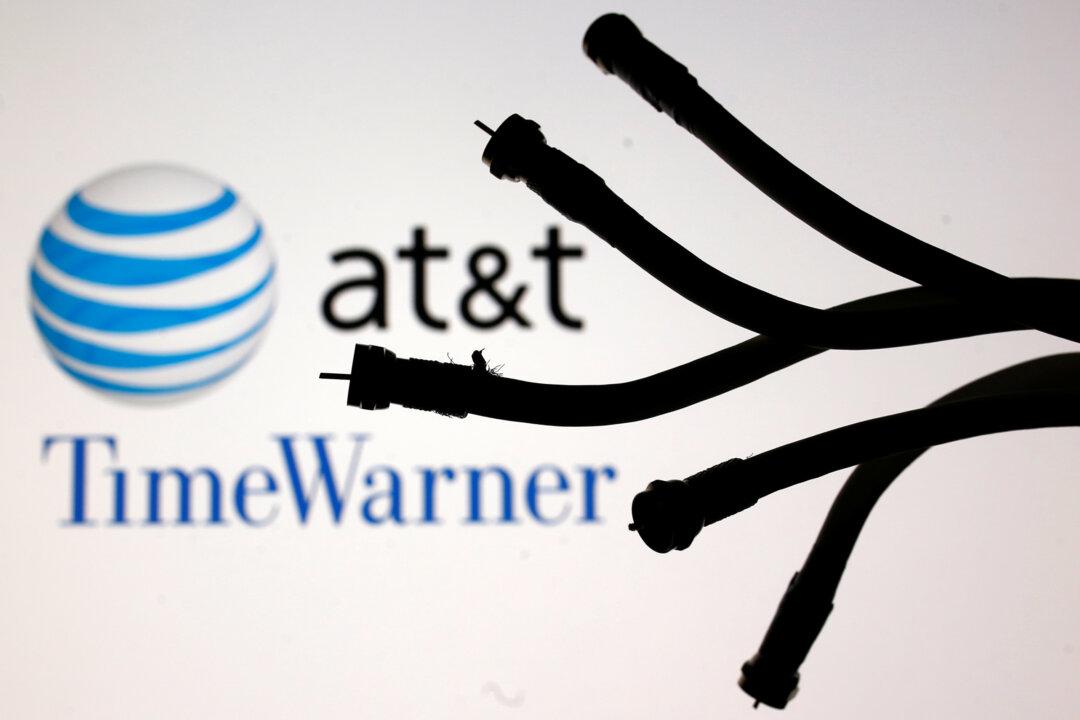Telecommunications giant AT&T Inc. has reached an agreement over abandoned submarine communication cables that plaintiffs say are contaminating Lake Tahoe with lead, and it has set target dates for removing them, according to court filings dated Sept 18.
Court documents show that the Dallas-headquartered company filed in support of a consent decree, with no admission of liability, in the U.S. District Court for the Eastern District of California.





